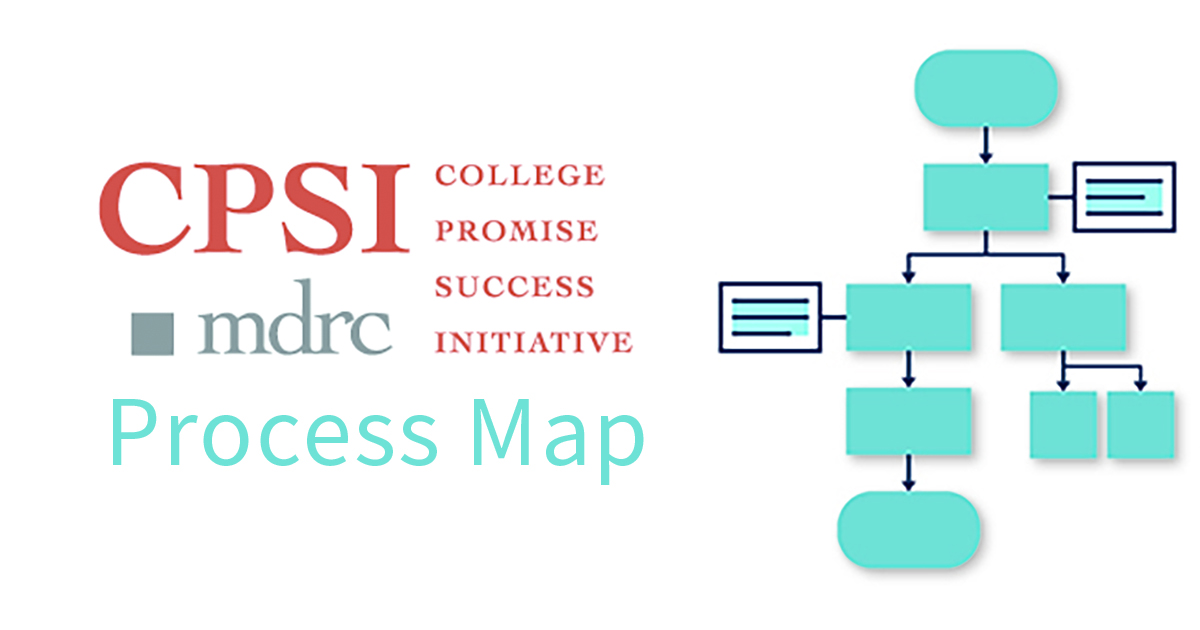Creating a Process Map


A process map is a visual tool that can help institutions and programs identify opportunities to improve the ways they support students. This tool could be especially helpful to college programs looking to find new ways to examine their processes and identify opportunities for improvement. A process map incorporates the user’s perspective (in most cases, the users are the students at an institution) and breaks down a process into every decision point, communication, and activity involved. If the process were, for example, a student’s participation in a year-long student success program, the map should list each and every step taken by that student from the moment he or she hears about the program through the student’s successful completion of the first year in college.
Process maps are not meant to be static, and the process of creating a good one should involve as many relevant people as possible. As the mapped process changes, responses from the users themselves and from the people who make each step happen should lead to changes in the tool.
A great process map is very detailed and incorporates the perspectives of all parties involved. It takes time and can constantly evolve. The document found on this page provides step-by-step instructions on how to create a process map, as well as an example of a first-draft process map created by the Los Angeles College Promise program and MDRC.
For more resources and information on what social programs can do to increase their impact, read about SIMPLER, a framework created by MDRC’s Center for Applied Behavioral Science to help human services programs design effective interventions.







